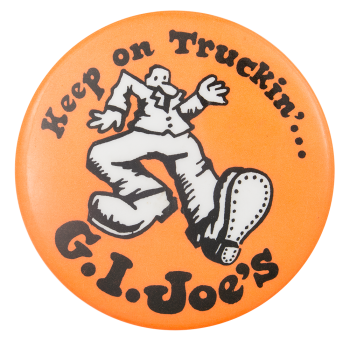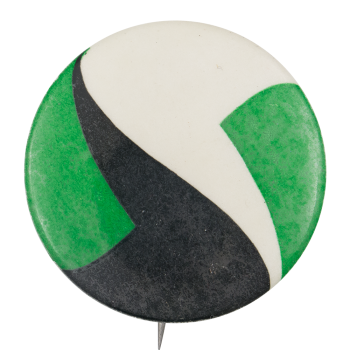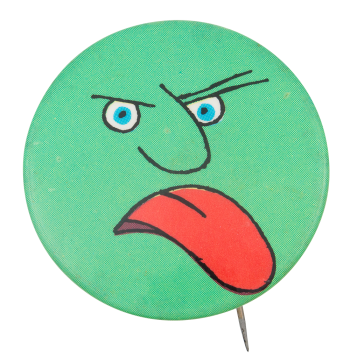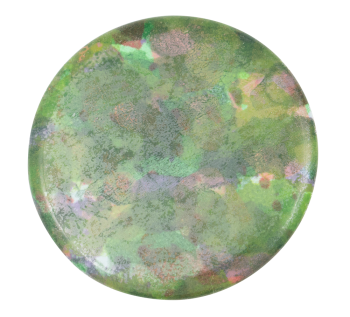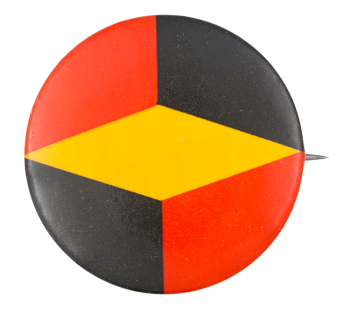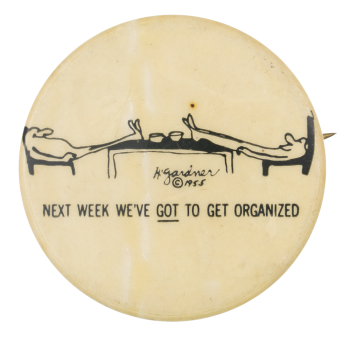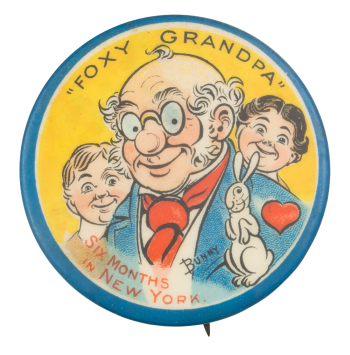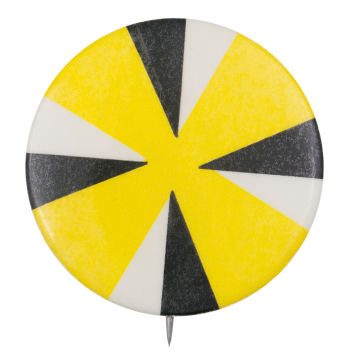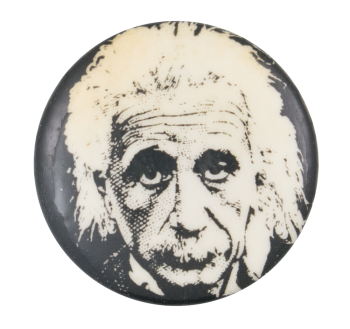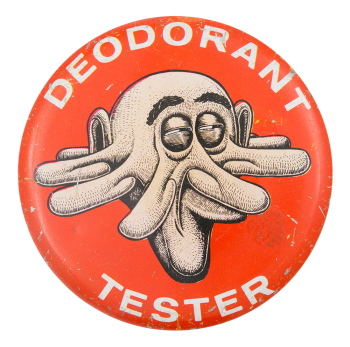Keep On Truckin' G.I. Joe's
| Category | |
|---|---|
| Additional Images | |
| Sub Categories | |
| Text on Button | Keep on Truckin'... G.I. Joe's |
| Image Description | Black and white illustration of a man with large feet leaning back with his foot thrust forward. Black text on an orange background. |
| Back Paper / Back Info |
RESTAURANT |
| Back Style | |
| The Shape | |
| The Size | |
| Additional Information | The restaurant G.I. Joe's, appropriates the famous "Keep on Truckin'" image from a comic by American artist and cartoonist Robert Crumb. The "Keep on Truckin" cartoon was published in the first issue of Zap Comics in 1968. It was based on lyrics from the Blind Boy Fuller song "Truckin' My Blues Away" and became associated with the hippie movement in the 1960s. The copyright of the image has been widely violated and the image is often reproduced without permission. |
| Catalog ID | AD0428 |

